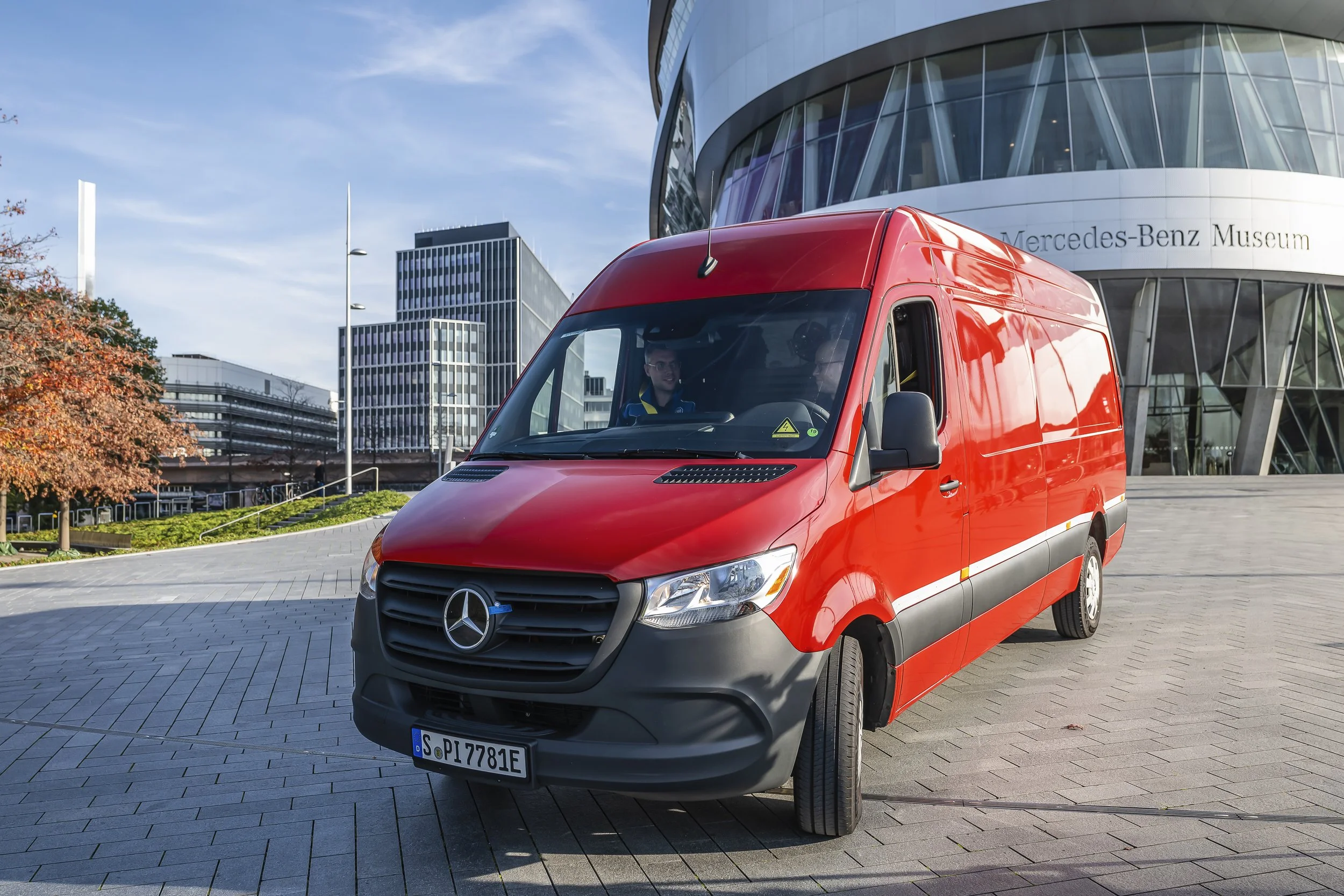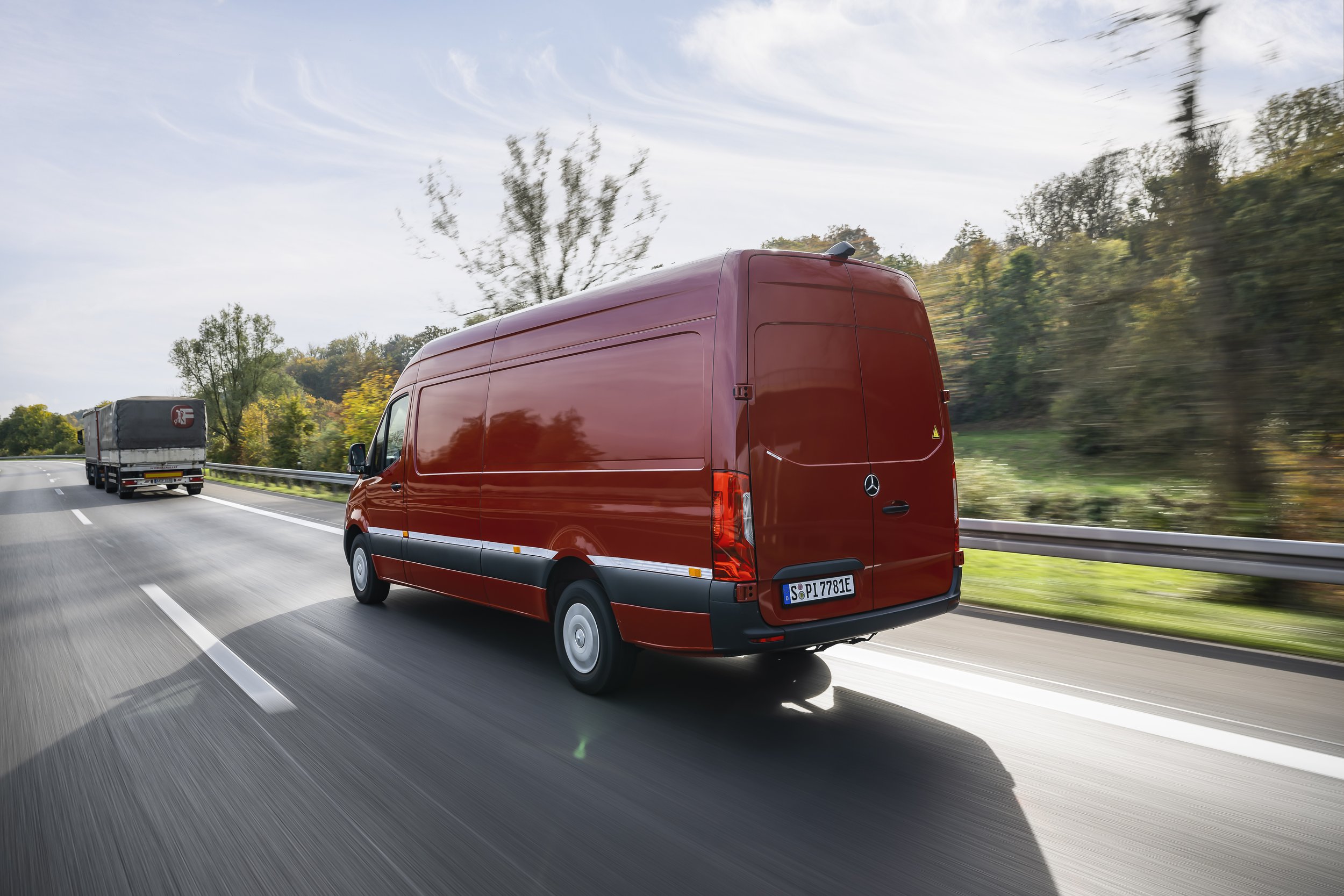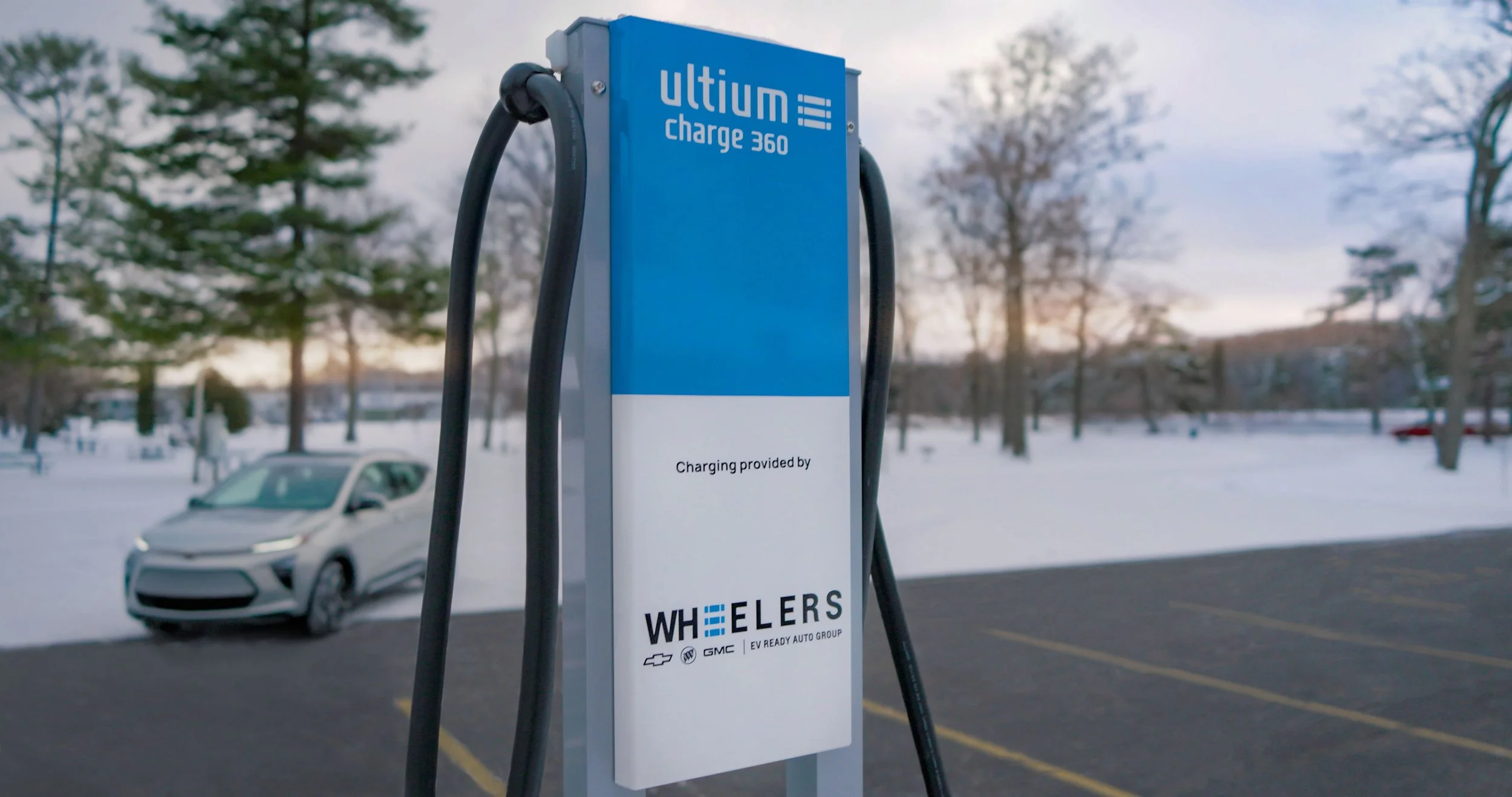Mercedes-Benz eSprinter Goes 295 Miles on a Charge – Your Turn, Ford
By Edward A. Sanchez — Dec. 7, 2022
The term “less is more” has been used in various contexts over the years, but there are some cases where “more” is more.” In regard to EV range, there’s fairly universal, unanimous agreement that more range is better. Mercedes-Benz has clearly gotten the memo, and announced that a prototype of the next-generation eSprinter completed a 295-mile (475 km) journey on a single charge.
Granted, there are plenty of caveats that should be applied here. Mercedes claims this feat was achieved on real-world roads, so this isn’t some WLTP mumbo-jumbo. No mention of the kWh capacity of the battery was mentioned, nor was the average speed. We have a lot of unknowns here. But assuming an average speed of 80 km/h (50 mph) that’s still an impressive feat, considering the current-generation eSprinter has a relatively puny 55 kWh battery and mere 95 mile WLTP range.
For comparison’s sake, the current U.S.-spec Ford E-Transit has a 68 kWh battery and a rated range of up to 126 miles (low roof model). I always thought 68 kWh was a somewhat feeble capacity for a vehicle whose aerodynamic properties are generally more akin to a house than a vehicle. Mercedes-Benz has clearly gotten the memo from its customers that more range is a must.
Ford is nothing if not competitive, and hates being in second place. The Transit is easily the best-selling full-size van in the U.S., ahead of the Sprinter by a considerable margin, and way ahead of the old school Chevy Express and GMC Savana (which are reportedly about to be replaced by scaled-down versions of the BrightDrop EV cargo van).
Going nearly 300 miles on a charge in a large van is an impressive accomplishment any way you slice it. Bringing the heat even closer to home is a statement by Mercedes that the eSprinter will be built in Germany and its plant in Charleston, SC.
With its EV eSprinter now sporting nearly 300 miles of range, Mercedes has shown it’s serious about owning the EV van space.
It doesn’t take a huge leap of logic to surmise that the battery in the next-gen eSprinter is easily double the capacity of the current version, if not closer to triple, which would put it in the neighborhood of 110-150 kWh.
It also doesn’t seem like it would be huge leap to double the E-Transit’s battery capacity to 131-136 kWh. A Transit with a range of 200 miles would be an attractive proposition to many companies, not to mention some consumers that want or need the versatility of a full-size van.
The constraining factor up until now has undoubtedly been cost. As it currently stands, the E-Transit goes for $55,000. Starting next year, it will once again presumably be eligible for a $7,500 tax credit, which brings it to a slightly more reasonable $47,500.
The Mercedes-Benz eSprinter has just proven itself as a formidable EV van contender.
Ford is investing billions into new facilities in Tennessee and Kentucky for new battery capacity, so I have little doubt that a longer-range E-Transit is in the works. The question is how soon it will come to market, and critically, if it will beat the new eSprinter to market, or be on sale around the same time.
The rivalry between these two trans-Atlantic rivals suddenly got interesting again.
(Images courtesy Mercedes-Benz)
- Store - Podcast - Facebook - Google News - Twitter -










